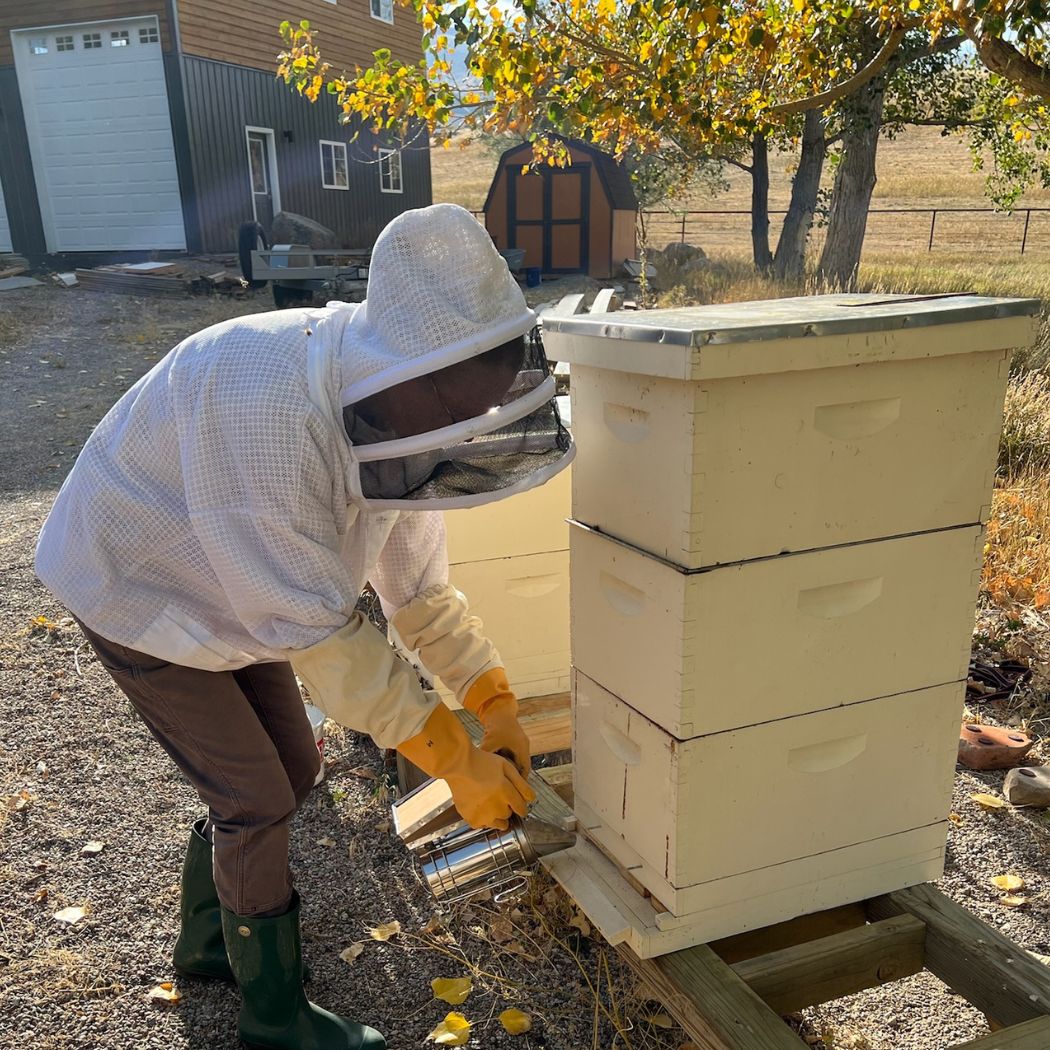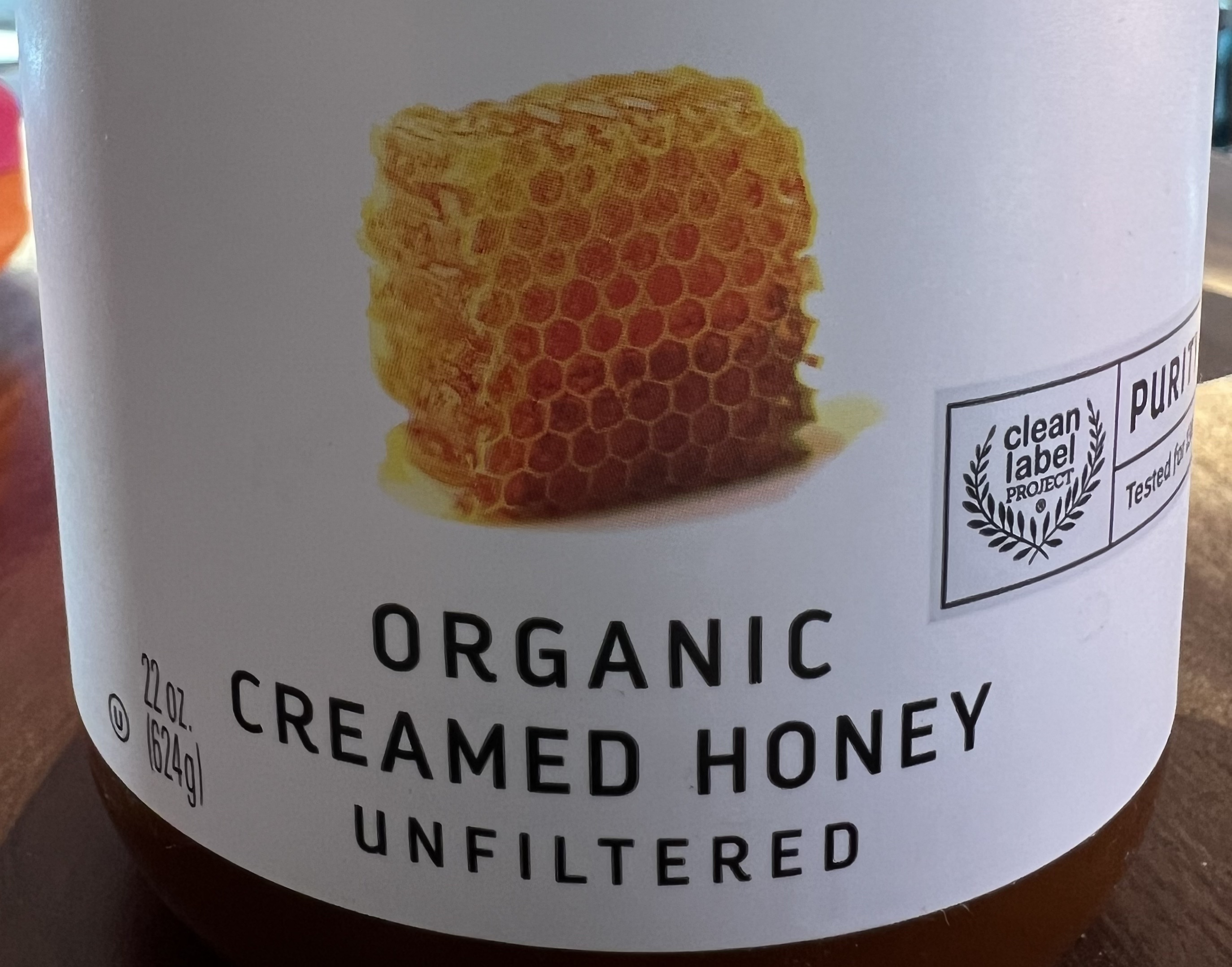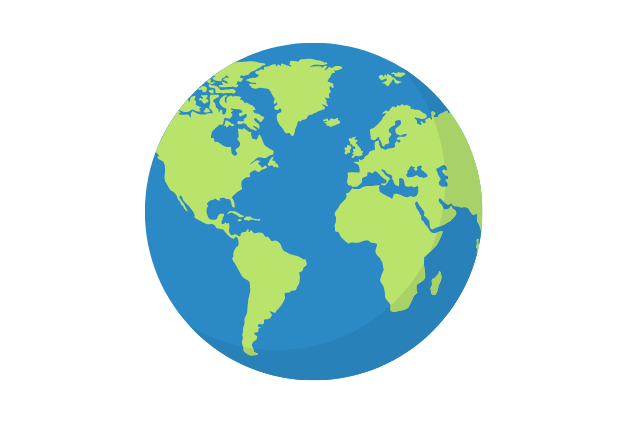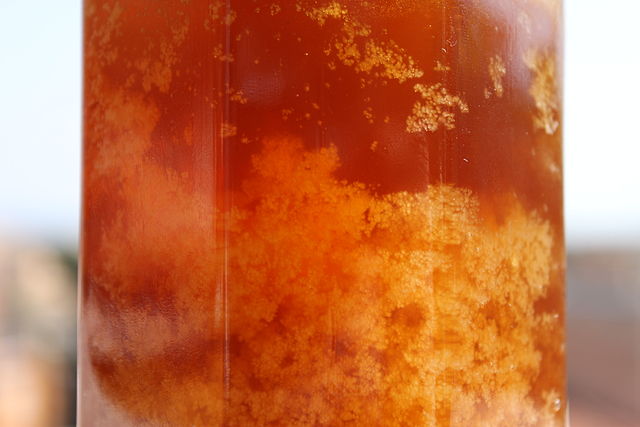

Bees in your Neighborhood
Honey is made by the bees for their own consumption using nectar and pollen from the flowers in the neighborhoods the foragers visited. This local honey has a unique color, taste, and aroma that is dependent on the specific flowers visited by the foragers and environmental factors. The honey a hive makes in May is different than in July and varies from year to year.
- Raw honey is minimally processed to extract it from the honeycomb and coarsely strained to remove the larger wax chunks and bee parts. It still contains the pollen and other nutrients in the bee's own honey, giving it unique colors and flavors. Depending on a number of factors it will often crystallize in a just few months.
- Local raw honey is harvested directly from beehives in your area, and the beekeepers probably live there too.
- Raw honey should never be heated above 104 °F (40 °C) and should be stored in an airtight container.

Know What You're Buying
There are no USDA standards for certified organic honey. Bees can travel for miles in search of flowers. Most organic honey is certified to EU standards and imported from South America, Mexico and India. The main criteria for the EU standards are:
- The surrounding area (3 km radius) be predominantly covered by organic, low input farmland or natural vegetation and free of major sources of pollution, such as roads and industry.
- Hives be made from natural materials, diseases and pests must be managed using natural solutions and wax should be tested for unauthorized substances.

Where is it From?
There are many unique, interesting and delicious honeys from all around the world - the National Honey Board recognizes more than 300 varieties. Most of these are monoflorals like Clover, Manuka, or Buckwheat that are produced primarily from a single type of flower.
The US does not produce enough honey to satisfy demand. Imported honey makes up about 70% of the total consumption. India, Argentina, Brazil and Vietnam account for about 80% of the total imports.
Imported honey that is not single origin is more likely to have been adulterated with cheaper sweeteners. When honey is imported and used to make blended honey it can be difficult to know where honey is actually from. The EU now requires all countries of origin to appear near the product's name.
USDA Grade A, doesn't mean the honey is from the USA and that lovely bottle with the "Protecting bees..." logo from the UK could be a blend of honey that is mostly from China. When somewhere on the label it says "a blend of non EU honeys", has no mention of the origin or other vague wording about where it's from, be sure to do your due diligence.

Controlling Crystallization
Creamed honey, which can also be called soft set, spun, spreadable or whipped honey is crystallized honey where the natural crystallization process has been controlled to achieve a desired texture. Using a proprietary process it takes around one week using specialized equipment to create a small batch of our premium creamed raw honey.
Almost all raw honey will crystallize, some in a very short time. Crystallized honey hasn't gone bad, it's just what naturally happens over time. Crystallization changes the texture of the honey, but it tastes just as good, and many people prefer it over runny honey.
Gently warming the crystallized raw honey while keeping the temperature no more than 104 °F (40 °C) will safely return it to a liquid. Overheating may permanently alter the texture and destroy most benefits of raw honey. Heating honey above 118°F (48°C) generally means that it can no longer be called raw.